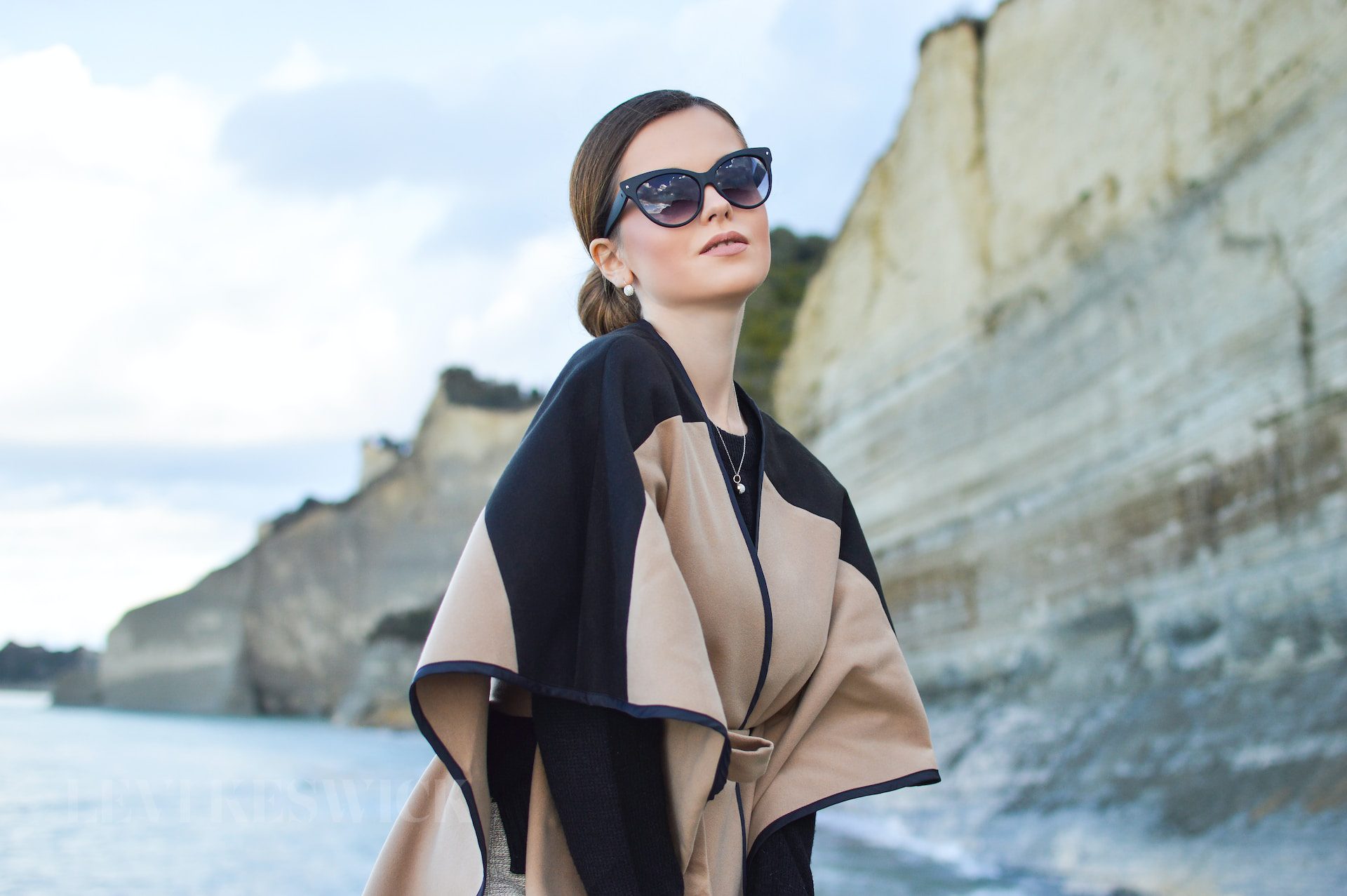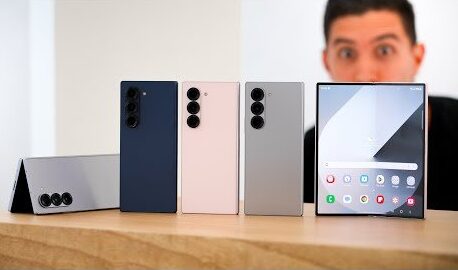Key Takeaways:
- Dress codes are evolving with more creative interpretations.
- “Evening chic attire” is an elegant blend of formal and relaxed styles.
- Decoding dress codes can be simplified by understanding certain cues.
- Both men and women have a wide array of fashionable options for any occasion.
The Evolution of Dress Codes
Dress codes have been a social construct for centuries, dictating the appropriate ways to present oneself based on the event or occasion. However, in recent times, with the advent of fashion-forward trends and the blending of cultures, dress codes have witnessed a transformative evolution. Traditional terms like “black tie” or “casual” now share the spotlight with terms like “festive cocktail attire” or “evening chic attire.”
Deciphering Evening Chic Attire
Among the newer terms, “evening chic attire” stands out for its elegance and versatility. It isn’t strictly formal, yet it’s a few notches above casual chic. This attire is for those occasions when you want to shine but without the constrictions of a strict dress code.
For Women: Evening chic attire can encompass a beautifully tailored jumpsuit in a luxe fabric, perhaps paired with a sequined jacket. Midi dresses in soft, flowing fabrics, combined with a statement necklace or a pair of chandelier earrings, also fit the bill. The key is to strike a balance between opulence and relaxation.
For Men: A tailored dark suit, paired with a crisp shirt, no tie, and loafers can embody the essence of evening chic attire. Alternatively, a turtleneck sweater under a blazer with dress shoes can also create a polished yet laid-back look.
Dress Code Cues to Consider
When an invitation leaves you questioning the dress code, consider the following pointers to decode the appropriate attire:
- The Nature of the Event: A charity gala will likely require a different dress code than an art gallery opening. The purpose and formality of the event can guide your outfit choice.
- Time and Venue: Events post 6 p.m. typically lean towards a dressier side, especially if they’re held in upscale venues. Daytime affairs tend to be less formal.
- Host’s Style: Think about the host’s personal style. If they are known for their flamboyant fashion sense, they might expect guests to lean towards the dressier side. On the other hand, a laid-back host might prefer a more relaxed dress code.
- Theme or Purpose: Some events, like themed parties or fundraisers, might have an implicit dress code. If it’s a vintage-themed party, for instance, retro styles might be in order.
Inclusivity in Modern Dress Codes
With society becoming more inclusive, dress codes have evolved to accommodate individual preferences across genders. This is evident as we see a move away from strict binary options towards more gender-neutral suggestions. For instance, evening chic attire doesn’t bind individuals to gowns or suits. It’s more about the essence of the look rather than the specifics, allowing for personal interpretation and comfort.
Conclusion
In the rapidly evolving world of fashion, dress codes are no longer rigid dictations but are more like flexible guidelines. “Evening chic attire” is a testament to this shift, offering a balance between elegance and comfort. So, the next time you receive an invite, remember to embrace both the tradition and modernity of dress codes. After all, fashion is as much about personal expression as it is about fitting the occasion.








